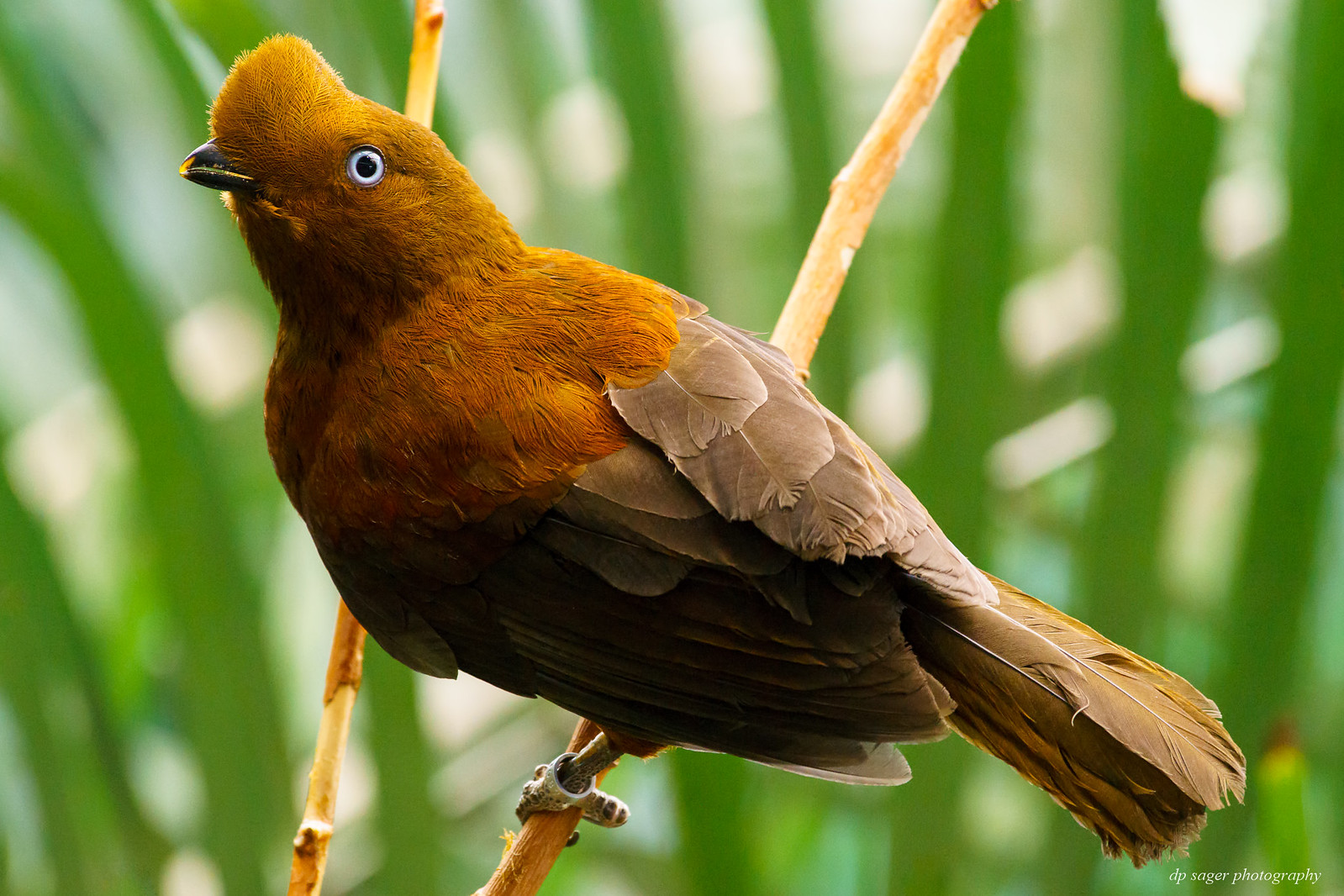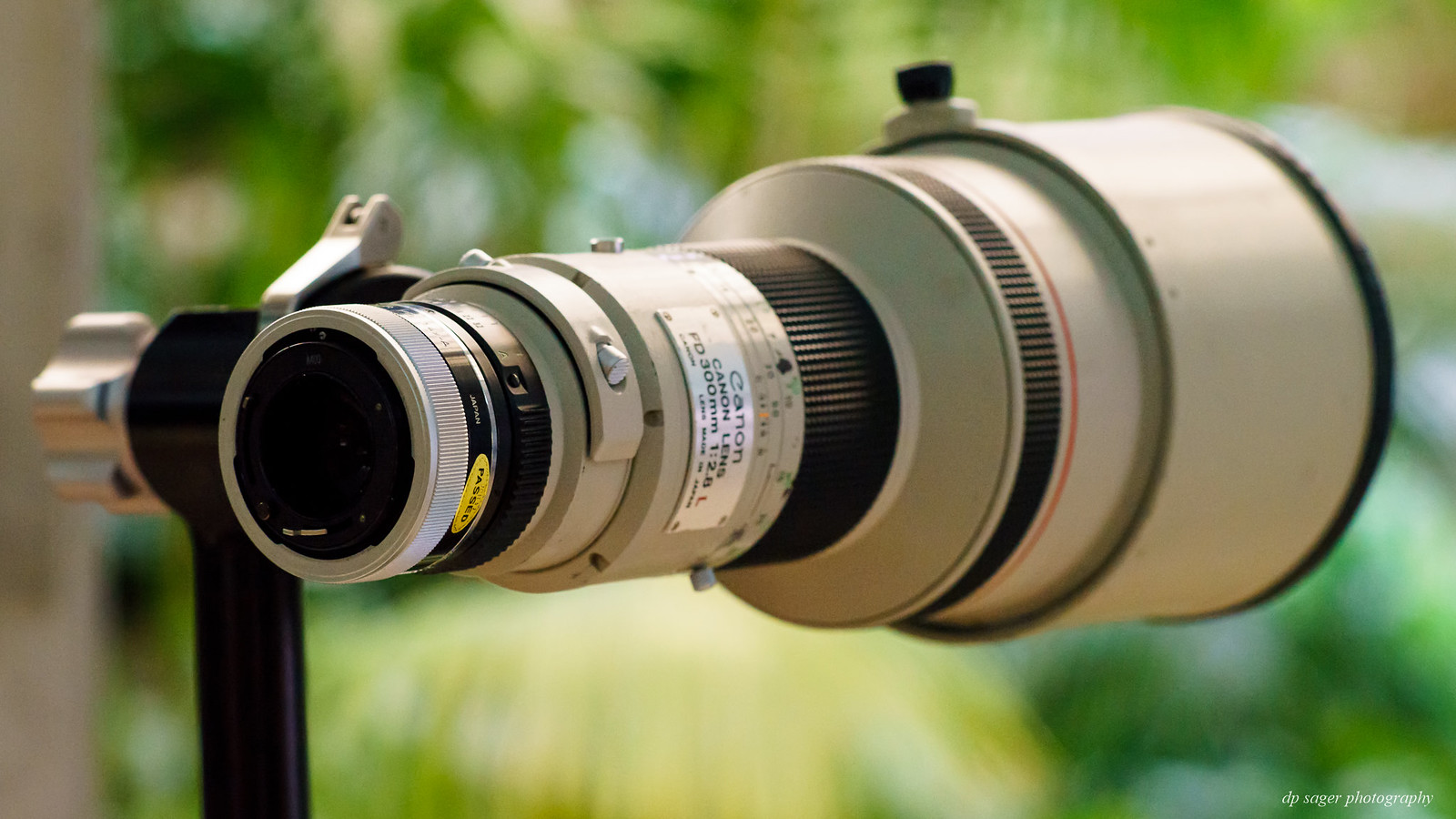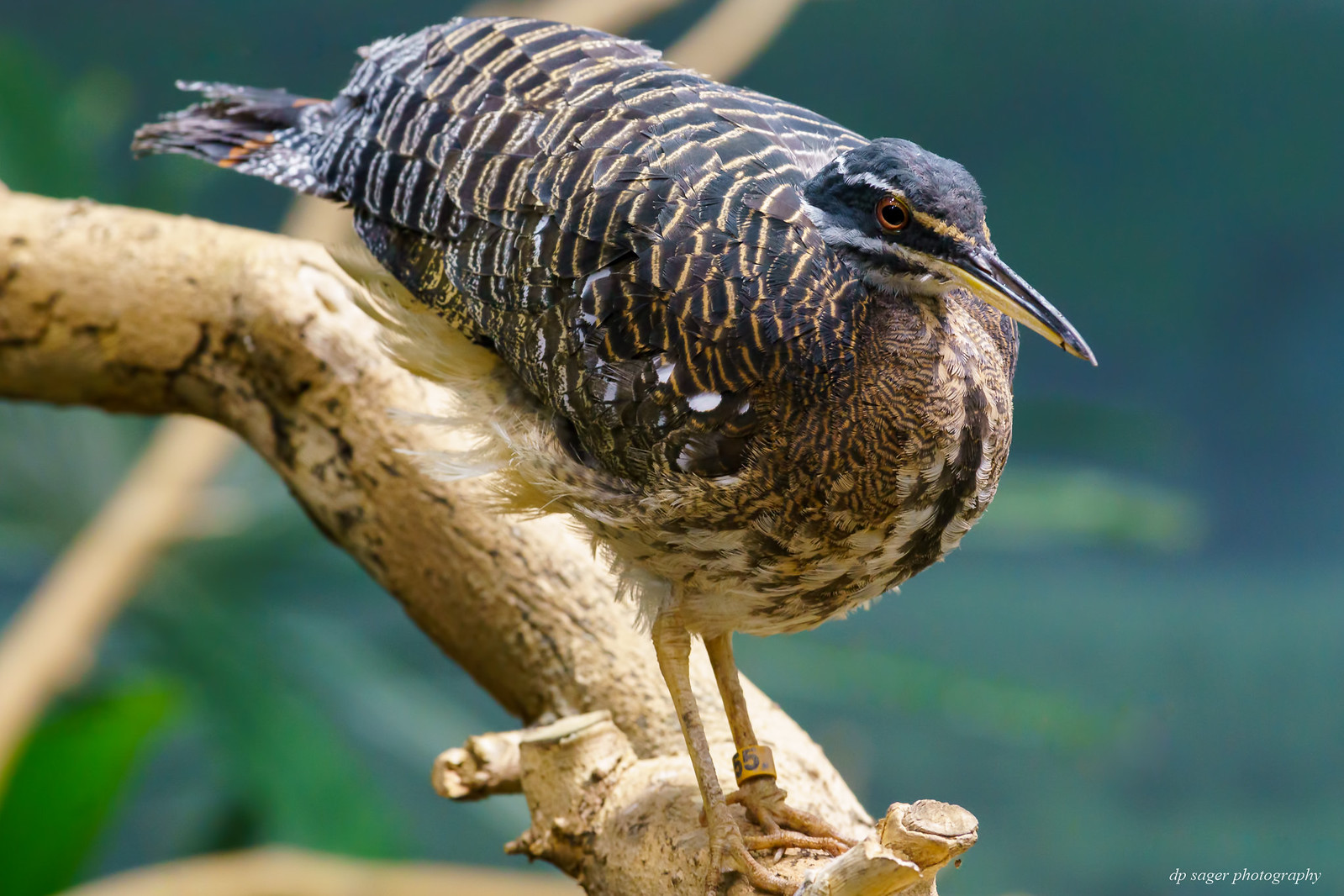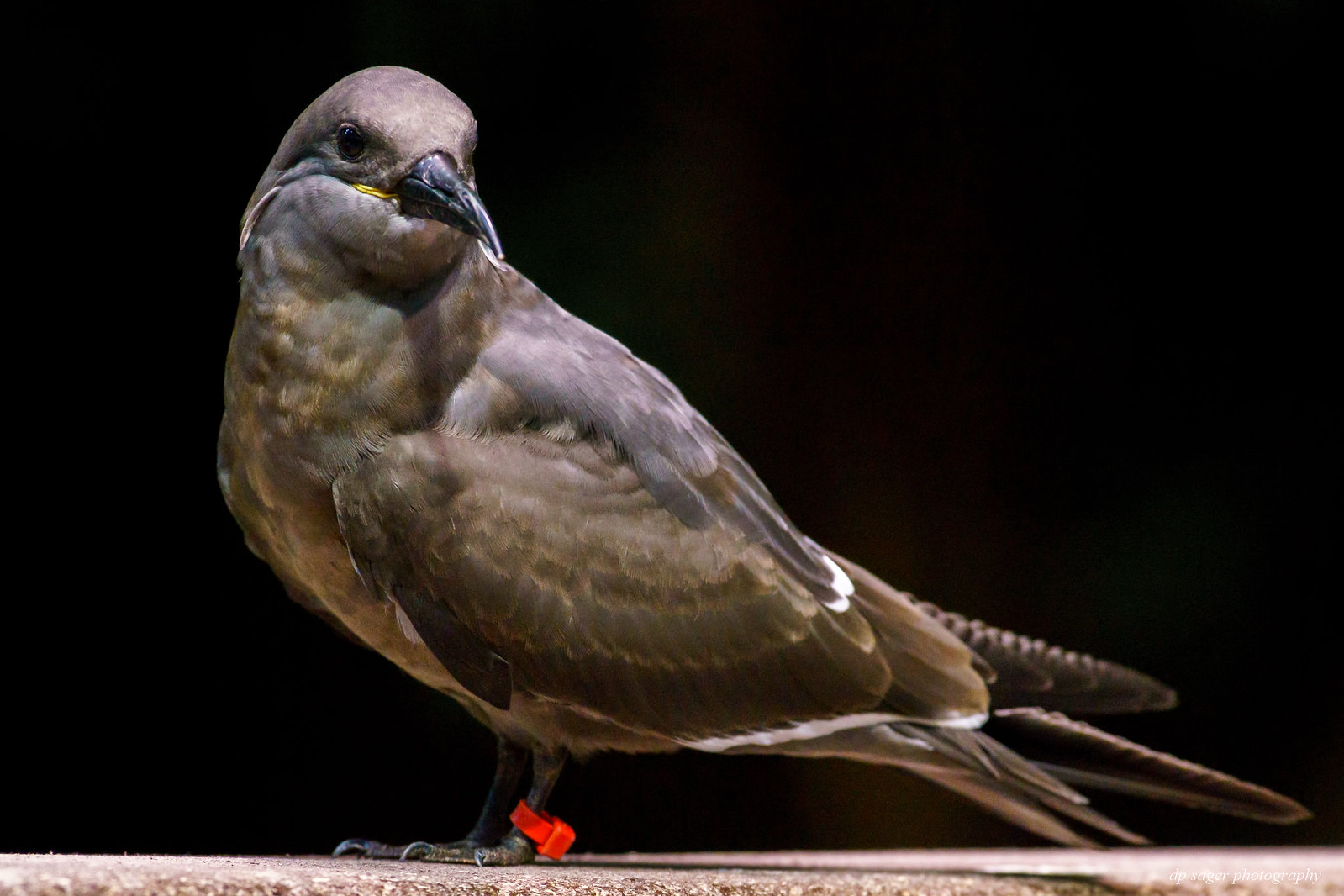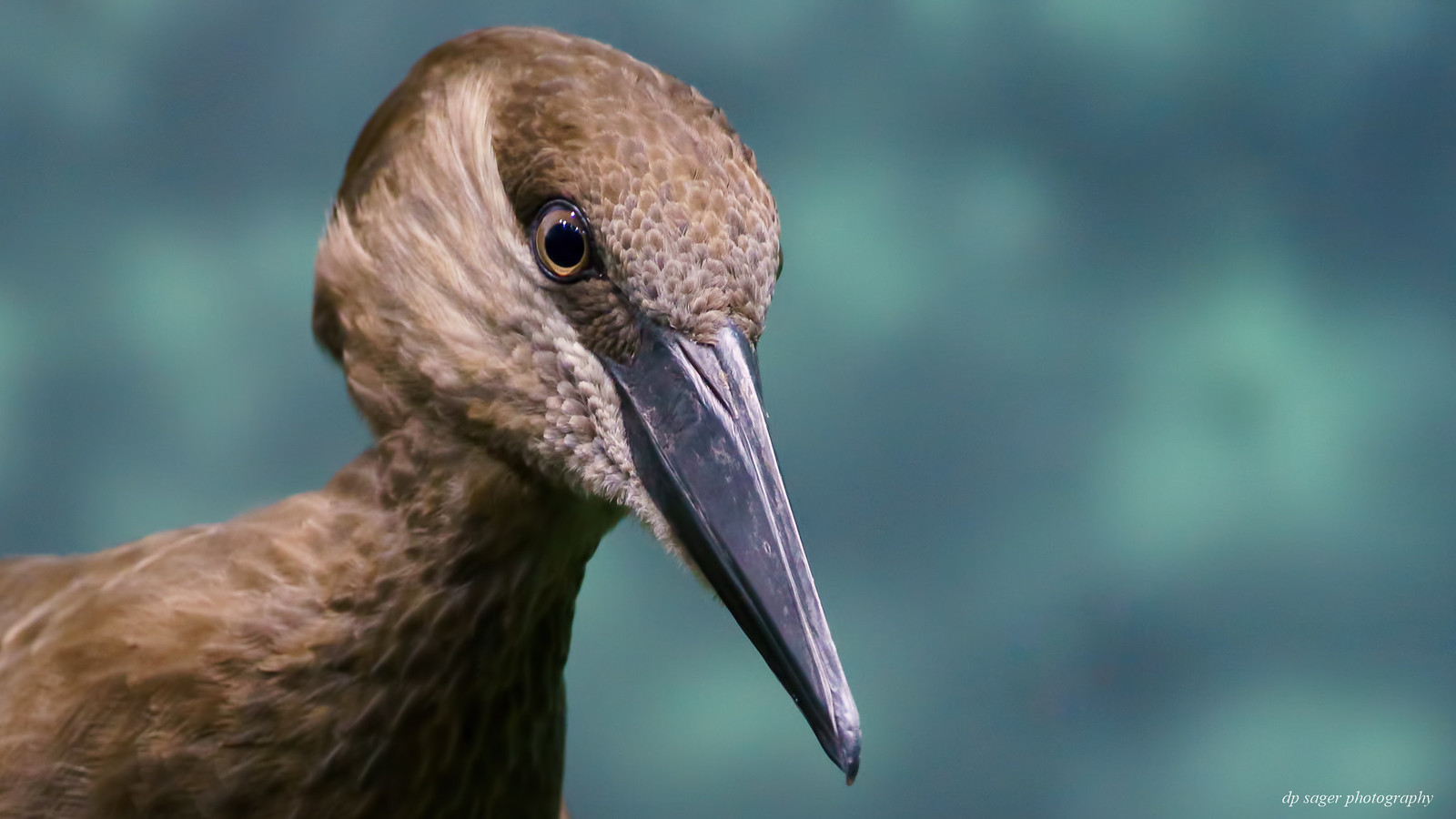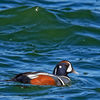Visiting zoos with a manual focus 300mm lens
Apr 1, 2019 16:24:45 #
Very nice set. I'm just starting enjoy the fruits of the 300mm in the Nikon world. I posted a set just today. vz
Apr 1, 2019 18:08:31 #
vonzip wrote:
Very nice set. I'm just starting enjoy the fruits of the 300mm in the Nikon world. I posted a set just today. vz
Very nice, thanks for the heads up!
Apr 2, 2019 07:36:51 #
CHG_CANON wrote:
Thank you Larry! I had the f/4 version, but found it wasn't compatible with the FD version of the 1.4x extender. Last fall in North America, there were only two copies of the f/2.8 available in ebay so I gave it a shot to change from the f/4 to the f/2.8. I've put together three posts of the initial results from three different zoos that will run this week into next.
I looked at ebay for this lens, because of the unique zoom feature of the a7III, and the 5 axis stabilization. This becomes a real option for me for telephoto shooting on slow subjects. Several lenses now available for the range of $1K. A great setup and your photos are awesome!
Apr 2, 2019 08:19:34 #
Apr 2, 2019 08:22:41 #
CHG_CANON wrote:
The cocks-of-the-rock are found in tropical and su... (show quote)
you sure got some beautiful closeup shots of some unique looking birds, paul.
Apr 2, 2019 08:35:50 #
Apr 2, 2019 10:01:05 #
Stunning, absolutely stunning and the back story, even for a Nikon user, is quite interesting.
Apr 2, 2019 10:43:34 #
Paul, another great set and as always great commentary. Always enjoy your posts, very informative. Thanks and have a great day.
WJH
WJH
Apr 2, 2019 11:04:02 #
Apr 2, 2019 11:53:39 #
Apr 2, 2019 11:55:16 #
Another winning presentation. WOW......I love your work sir, and the older Canon glass is still worth the effort as you have shown. Thanks for listing your hardware & processing because many of us new bees are lost in some of these areas because of the Gear-Overload that plagues us daily.
What items to buy & try is always a touchy subject as our hobby is an expensive one if we are not careful.
I find your presentations inspiring and extremely helpful as well as educational.....and as I have mentioned in earlier messages, I think you should be selling your books or videos to get the bigger audience that your efforts could easily accommodate.
You might consider Adorama style Seminars or Tutorials that you could advertise and schedule all over the planet and talk ,teach & shoot at the same time on their nickles.......not too shabby !
You certainly have the Talent.......sorry if I wrote a novel or autobiography....hahaha.
Keep them coming.......more please !!!!!!
What items to buy & try is always a touchy subject as our hobby is an expensive one if we are not careful.
I find your presentations inspiring and extremely helpful as well as educational.....and as I have mentioned in earlier messages, I think you should be selling your books or videos to get the bigger audience that your efforts could easily accommodate.
You might consider Adorama style Seminars or Tutorials that you could advertise and schedule all over the planet and talk ,teach & shoot at the same time on their nickles.......not too shabby !
You certainly have the Talent.......sorry if I wrote a novel or autobiography....hahaha.
Keep them coming.......more please !!!!!!
Apr 2, 2019 14:38:55 #
CHG_CANON wrote:
Thanks for the link! The other change I've made was swapping the FD 135 /f2 for a FD 200 f/4 macro. I was using the 135 only for macro work anyways. The 200 is a lot sharper even though the 135 was already wonderful.
It is hard to believe that birds are in a zoo - great shots😂
Apr 2, 2019 21:47:01 #
Apr 2, 2019 22:20:46 #
Apr 3, 2019 04:39:50 #
If you want to reply, then register here. Registration is free and your account is created instantly, so you can post right away.





